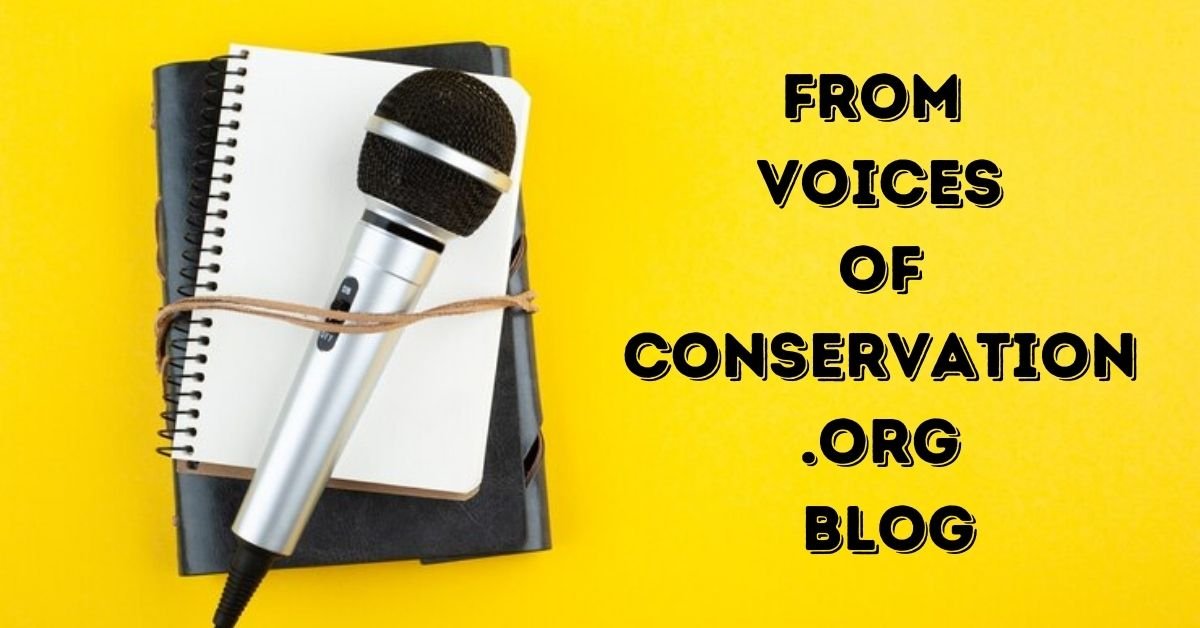The sound of an angry grunt nyt might seem like a minor detail, but it holds a lot of significance in both psychological and communicative contexts. Whether you’ve heard it in a heated argument or seen it portrayed in media, understanding this sound can give us valuable insights into human emotion and behavior.
Understanding Sound Of an Angry Grunt Nyt
Grunts are simple, often guttural sounds that humans make in various situations. They are typically non-verbal cues used to express emotions, often anger, frustration, or discomfort. While they may seem primitive, grunts play a crucial role in human communication.
The Psychology Behind Angry Grunts
Anger triggers a range of physical responses in the body, including changes in vocalization. When we’re angry, our brain sends signals to our vocal cords to produce sounds like grunts. These sounds can serve as an emotional release, helping to alleviate some of the internal pressure associated with anger.
Biological Basis of Grunting
Grunting involves the coordination of several physical processes. When someone grunts out of anger, it’s often a reflexive action involving the diaphragm and vocal cords. The body’s fight-or-flight response can enhance this vocalization, making the grunt more pronounced.
The Role of Grunts in Communication
Grunts are a form of non-verbal communication that can convey a range of emotions and intentions. They often serve as a complement to verbal communication, providing additional context or emphasis. In some cases, a grunt can be more expressive than words alone.
Grunts in Different Cultures
The interpretation and use of sound of an angry grunt nyt can vary significantly across cultures. In some societies, grunts are seen as a normal part of emotional expression, while in others, they might be perceived as rude or inappropriate. Understanding these cultural differences can enhance cross-cultural communication.
The Sound of an Angry Grunt in Media
In media, the sound of an angry grunt is often used to enhance dramatic effect. Films and television shows use these sounds to convey a character’s frustration or aggression quickly. This portrayal can influence how audiences perceive and react to such sounds in real life.
Analysis of “Sound of an Angry Grunt” Article by NYT
The New York Times article on the sound of an angry grunt provides an in-depth look at this phenomenon. It explores the origins, implications, and cultural significance of grunting, offering a comprehensive view of how this sound fits into broader human behavior.
The Impact of Grunting on Relationships
Grunting during conflicts can have a significant impact on interpersonal relationships. It can be a sign of underlying frustration or anger, potentially escalating a situation. Understanding this can help individuals develop better strategies for managing and resolving conflicts.
Scientific Studies on Grunting
Various studies have explored the physiological and psychological aspects of grunting. Research has shown that grunting can be linked to stress levels, emotional states, and even evolutionary survival mechanisms. These findings provide valuable insights into human vocal expressions.
Practical Implications of Understanding Grunts
Understanding grunts can have practical applications in fields like therapy and counseling. By recognizing these non-verbal cues, professionals can better address the underlying emotions of their clients and improve communication strategies.
Common Misconceptions About Grunting
There are several misconceptions about grunting, such as the idea that it is always a sign of aggression. In reality, grunts can also indicate discomfort, confusion, or even amusement. Clarifying these misconceptions can lead to a more nuanced understanding of vocal expressions.
Tips for Handling Anger Constructively
Managing anger constructively involves techniques like deep breathing, mindful reflection, and effective communication. By using these strategies, individuals can reduce the likelihood of resorting to grunts and handle conflicts more positively.
The Future of Grunt Research
Future research on grunts could reveal more about their role in human communication and emotional expression. Emerging studies may focus on how grunting evolves in different social contexts or how it can be used in therapeutic settings.
Conclusion
The sound of an angry grunt nyt is more than just a vocal expression; it is a complex phenomenon that reflects our emotional and psychological states. By studying this sound, we gain valuable insights into human behavior and communication.
FAQs
What causes people to grunt when angry?
Grunting during anger is often a physical reaction to emotional stress, involving changes in vocal cord tension and breath control.
How does sound of an angry grunt nyt differ from other vocal expressions?
An angry grunt is typically short, low-pitched, and guttural, whereas other vocal expressions might be more varied in pitch and duration.
Are there cultural differences in how people grunt?
Yes, cultural norms can influence how and when grunting is used. Some cultures view it as a normal expression of emotion, while others may find it inappropriate.
What are some strategies to avoid grunting during conflicts?
Techniques like deep breathing, mindfulness, and clear verbal communication can help manage emotions and reduce the likelihood of grunting.
How can understanding grunts improve communication?
Recognizing and interpreting grunts can enhance our understanding of non-verbal cues, leading to better interpersonal interactions and conflict resolution.











